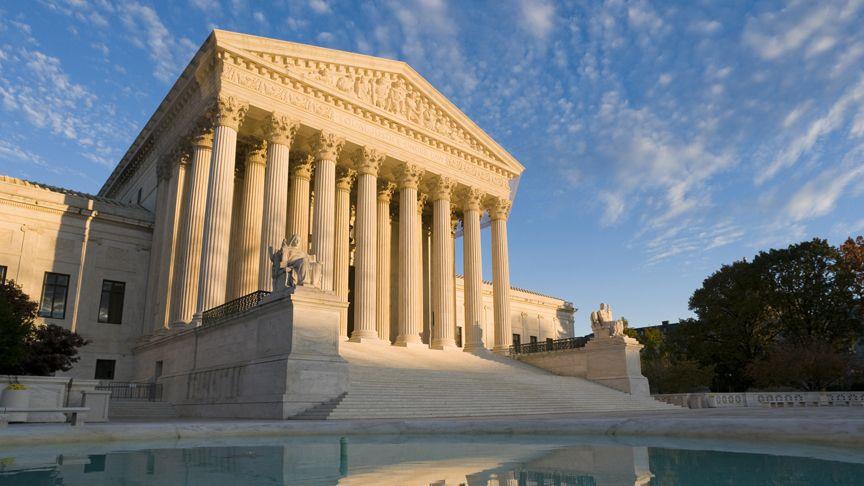Dogged by efforts to besmirch Supreme Court Justices Clarence Thomas and Samuel Alito for accepting gifts from friends, the nation’s highest court has announced ethics guidelines for its nine judges.
The new code of conduct, the first ever issued by the high court for its members, covers outside relationships, recusal from cases that could bring financial gain, activities of court staff, and limits on appearances at fundraisers. Promised by the court for years, the release of the guidelines came on the heels of a debate over subpoenas for two allies of conservative justices Thomas and Alito, who allegedly had financial dealings with them.
The rules, similar to those applied to federal judges at the trial and appeals court levels, have been panned for being too lax with language stating the judges “should,” rather than “shall” or “must,” comply. They apply to potential outside influences and conflicts of interest but also appear to let the justices off the hook for possible past transgressions. They also added the word “knowingly” when it comes to avoiding the appearance of impropriety, giving them plausible deniability that they didn’t know, for example, that they were lending the “prestige of the judicial office” to advance private interests or unwittingly allowed others to give the impression that they are in a special position to influence court members.
Chief Justice John Roberts was seen as being in a tight spot, having to balance the preferences of his eight associate justices to release an ethics document before Congress stepped in and mandated a code of its making. The final version was also panned for not including any enforcement measures if the justices break the code.
 |
| File Photo |
Democrats and their left-wing associates are still smarting from President Donald Trump’s appointment of three conservative judges to the court, tipping the balance to the right and leading to the ruling that overturned Roe vs. Wade. The decision, which referred abortion regulations to the individual states, was a historic ruling that was leaked by an as-of-yet unidentified party as a way to influence the 2022 elections.
The Supreme Court, one of the three branches of the federal government, has the power of “judicial review” to declare a legislative or executive act in violation of the Constitution. Democrats, not happy with the court’s current mix, have suggested the addition of associates beyond the court’s nine members. Critics of expansion argue that successive parties in power could continue the practice, making operations of the court untenable.
